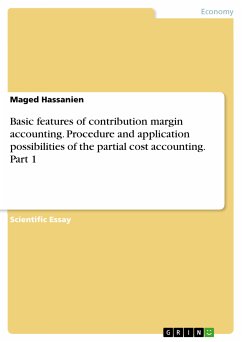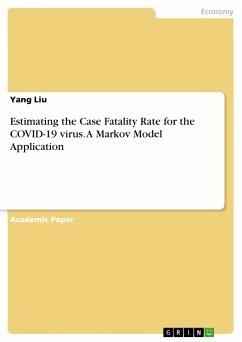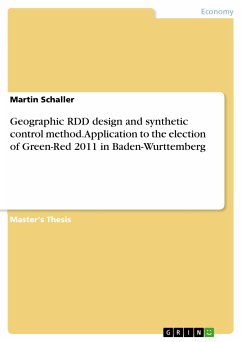Scientific Essay from the year 2021 in the subject Business economics - Accounting and Taxes, , language: English, abstract: Hardly any other cost accounting method is as versatile and universally applicable as contribution margin accounting. From simple production program decisions to transport optimization or high-bay warehouse planning, there are numerous possible applications. The counterpart to direct costing is absorption costing - absorption costing is suitable for small and medium-sized companies, for companies with a small or no cost accounting system. In general, both cost accounting systems should have a smaller cost center accounting - because the full cost accounting allocates the entire costs (as the name already indicates: full costs) - to the cost objects (= products / = services) - for this you need the cost centers to allocate / allocate the entire costs of the company to the cost objects. That is, the cost objects are the bearers of the costs, because the costs are raised for them, because they are the end products that the company offers to the market / end consumer and therefore these end products / cost objects must also recover these full costs / total costs through the sales price to the end consumer (including a profit margin) (Coenenberg et al., 2016).
Dieser Download kann aus rechtlichen Gründen nur mit Rechnungsadresse in A, B, BG, CY, CZ, D, DK, EW, E, FIN, F, GR, HR, H, IRL, I, LT, L, LR, M, NL, PL, P, R, S, SLO, SK ausgeliefert werden.
Hinweis: Dieser Artikel kann nur an eine deutsche Lieferadresse ausgeliefert werden.









